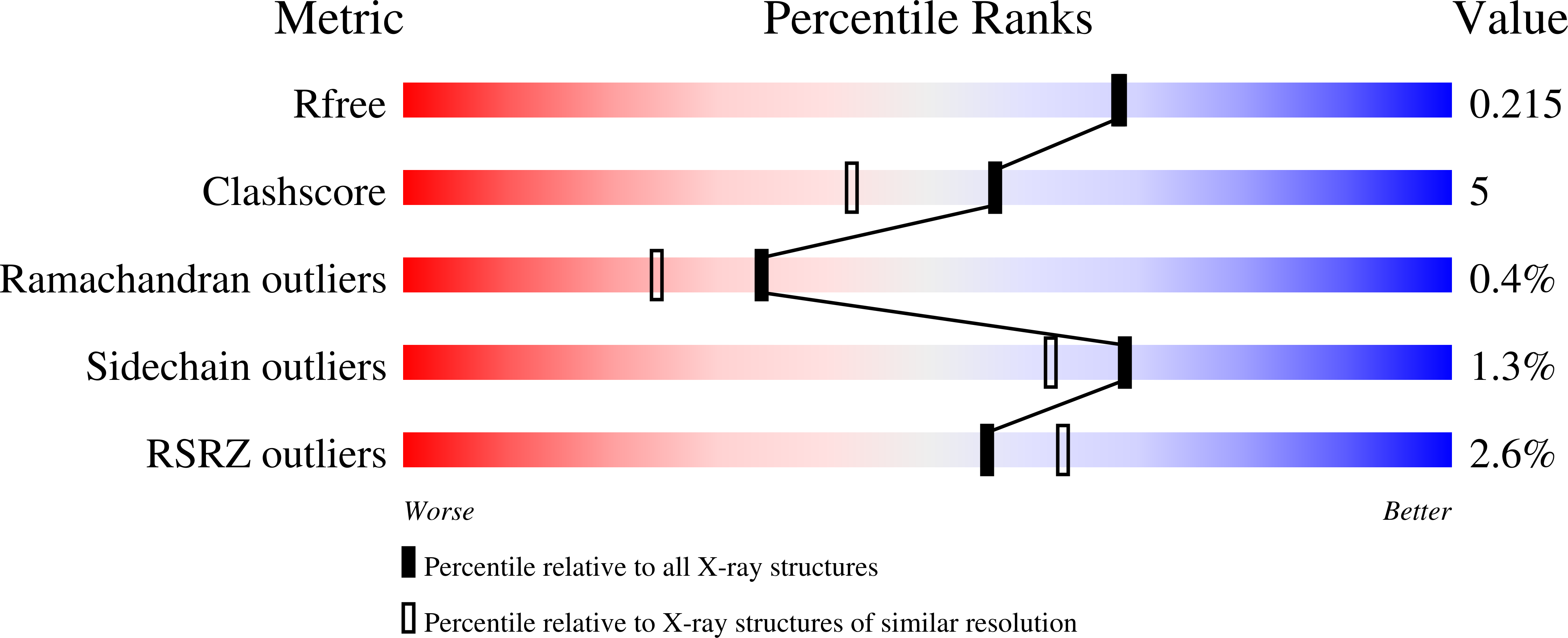
Deposition Date
2023-06-29
Release Date
2023-11-15
Last Version Date
2024-11-06
Entry Detail
PDB ID:
8PMR
Keywords:
Title:
NADase from Aspergillus fumigatus with mutated calcium binding motif (D219A/E220A)
Biological Source:
Source Organism:
Aspergillus fumigatus Af293 (Taxon ID: 330879)
Host Organism:
Method Details:
Experimental Method:
Resolution:
1.94 Å
R-Value Free:
0.21
R-Value Work:
0.18
R-Value Observed:
0.18
Space Group:
P 65


